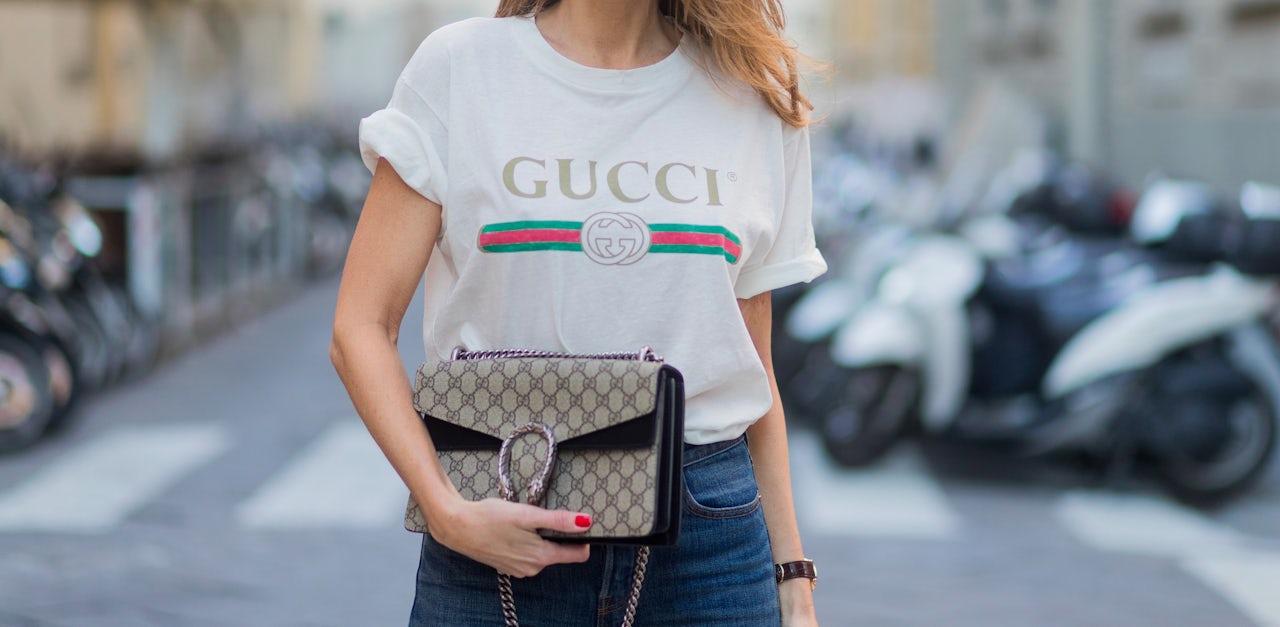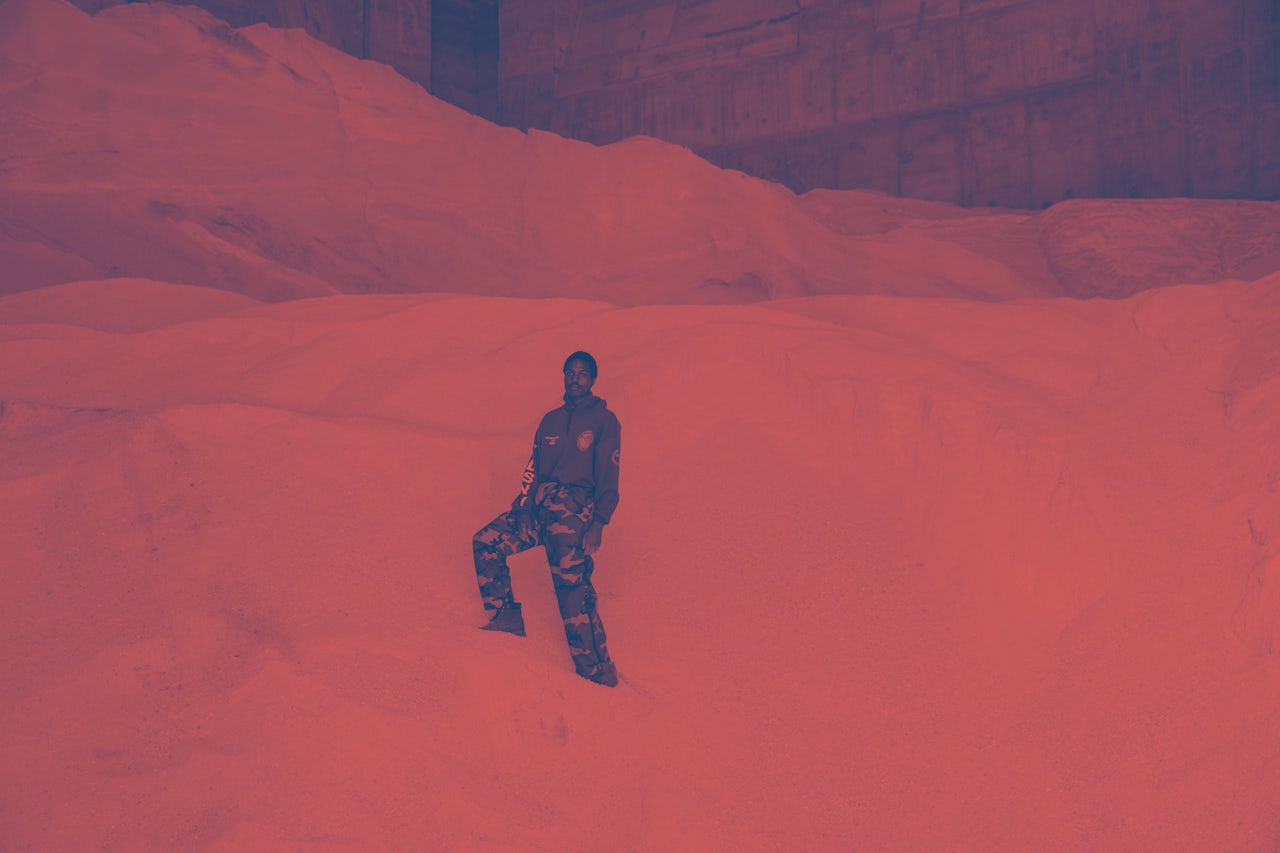Last week, a few days after Frank Ocean released a single called “Chanel,” the French fashion brand of the same name posted a pair of ads to its Instagram. In between photos of mostly thin white women appear two graphic images referencing the song, on which Ocean sings, “I see both sides like Chanel” — itself a reference to Chanel’s interlocking C logo. The first post is a stark, black-and-white rectangle that reads, “We see both sides like Frank.” The second juxtaposes a stock photo of an ocean with a photo of a hand clasping a bottle of the company’s flagship Chanel No. 5 perfume; white block text reads “OCEAN” and “LAND” over each image, respectively. It felt like an odd move for a brand best known for its tweed suits and quilted purses. “This is simply our way of acknowledging his nod to Chanel in his latest single,” a spokesperson told The FADER. (A few days after that, Chanel closed a Paris Fashion Week show with the song.)
Also last week, the day after Chanel’s “acknowledgment” of Ocean, Gucci began posting a series of memes to its Instagram account. But while Chanel’s nonconventional social media venture was clean, likely mocked-up by an in-house designer, and aesthetically aligned with the brand, Gucci’s descent into lowbrow culture was anything but. In both style and substance, the posts are a marked departure from the luxury Italian house’s glossy image. The Gucci memes are part of an ongoing campaign called “#TFW (That Feel When Gucci),” which the company has described as a “new collaborative art project in the digital space.” It’s social-media-as-ad, for Gucci’s line of Le Marché des Merveilles watches, which retail from $620.
Seven years after Instagram’s launch, overly manicured grids are increasingly considered corny, a sign of pretentiousness and inauthenticity. Now that we’ve collectively accepted filters as a fact of life, opting not to use them — or at least to present as much of an “honest” face as possible — can feel like a win, for both individual users and for brands. A Taco Bell billboard campaign from earlier this year also attempted to capture the effective, organically viral communication a single meme can hold. Other corporations have spent the past couple of years trying on a similar voice.
For the campaign, Gucci commissioned “original imagery,” which it then handed to members of “a new class of viral creators already famous on Twitter and Instagram to turn into memes.” The result is a series of posts that combine gorgeous, traditional photos with copy inspired by the style of memes that populate Twitter and Instagram; like those memes, they’re crudely formatted, too. In one post, a torn suit and shirt reveal a watch; the accompanying text reads, “When you got that new watch and have to show it off.” In another, an image of a watch is collaged onto an old, black-and-white photo of a young woman posing on a sofa; the text reads, “When you’re all dressed up waiting for that ‘we outside’ text.” In yet another, a colorful image — featuring two gloved hands, a burning rose, and, of course, a Gucci watch — is accompanied by the phrase, “When he gets mad at you for being 3 hours late but you’re too fire to deal with that kind of attitude.” The Instagram caption for every post includes marketing copy crediting the artist, the “mememaker,” and the writer of the caption. It’s a decision that seems to suggest that #TFW is actually an art project and not an elaborate social media ad campaign.
Brands have long been co-opting social media language and other markers of in-group communication. What, after all, is a more effective way to sell to a demographic than to speak its language? But Gucci is not Denny’s. In recruiting “known mememakers” and making sure to credit everyone involved — rather than, for example, using its in-house team to simply rip them off — Gucci hints at a savviness that brands and corporations have not shown in this realm. But, though it crossed those particular T’s and dotted those particular I’s, the campaign reinforces the exploitative dynamic between culture-making and culture-selling that others have previously observed. In addition to the overall sensibility “borrowed” for the Gucci memes, the use — the incorrect use, at that — of African-American Vernacular English is a clear reason to ask: Whose creativity is relegated to being uncredited source material? Who gets to be called a mememaker? Whose memes earn them Gucci checks?

